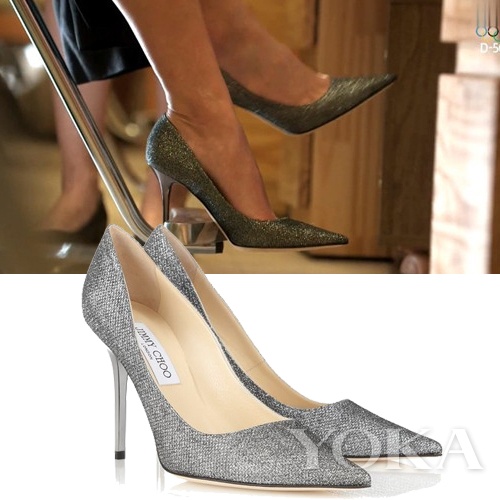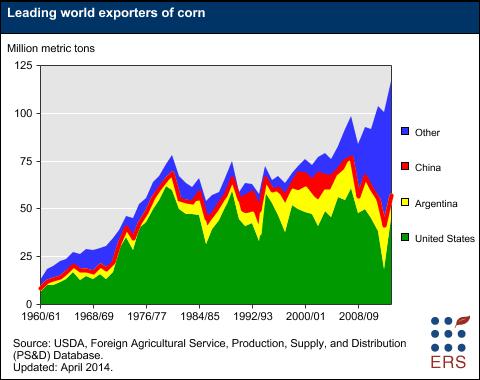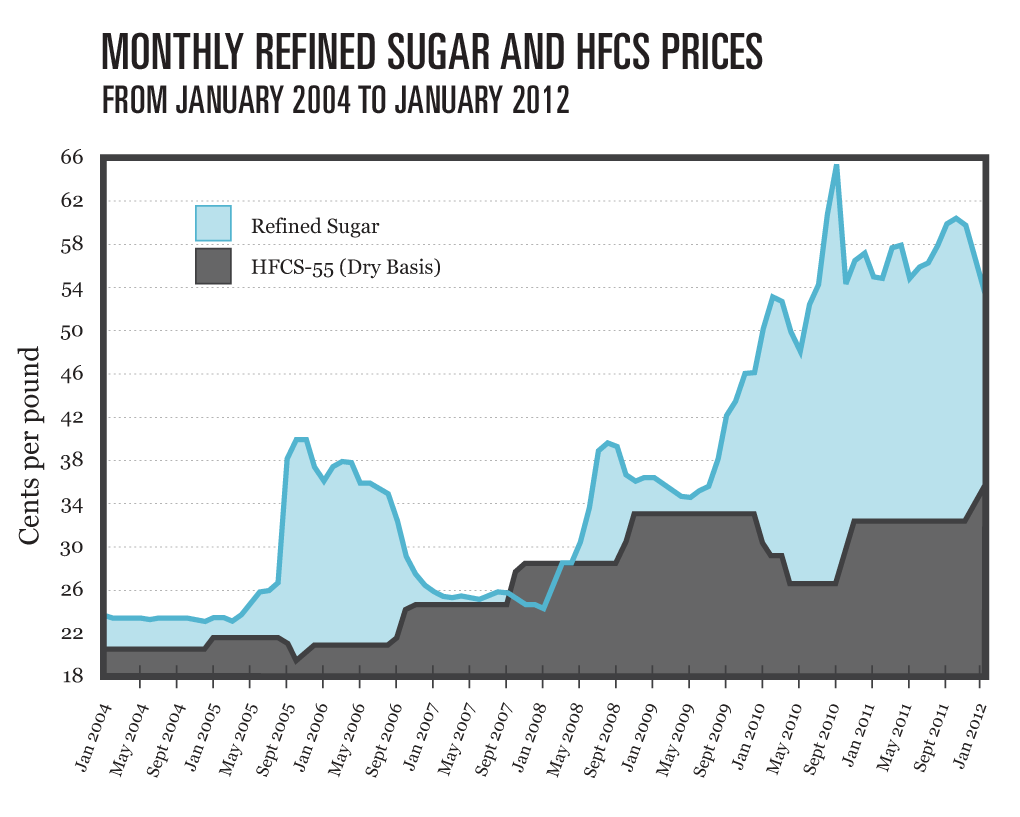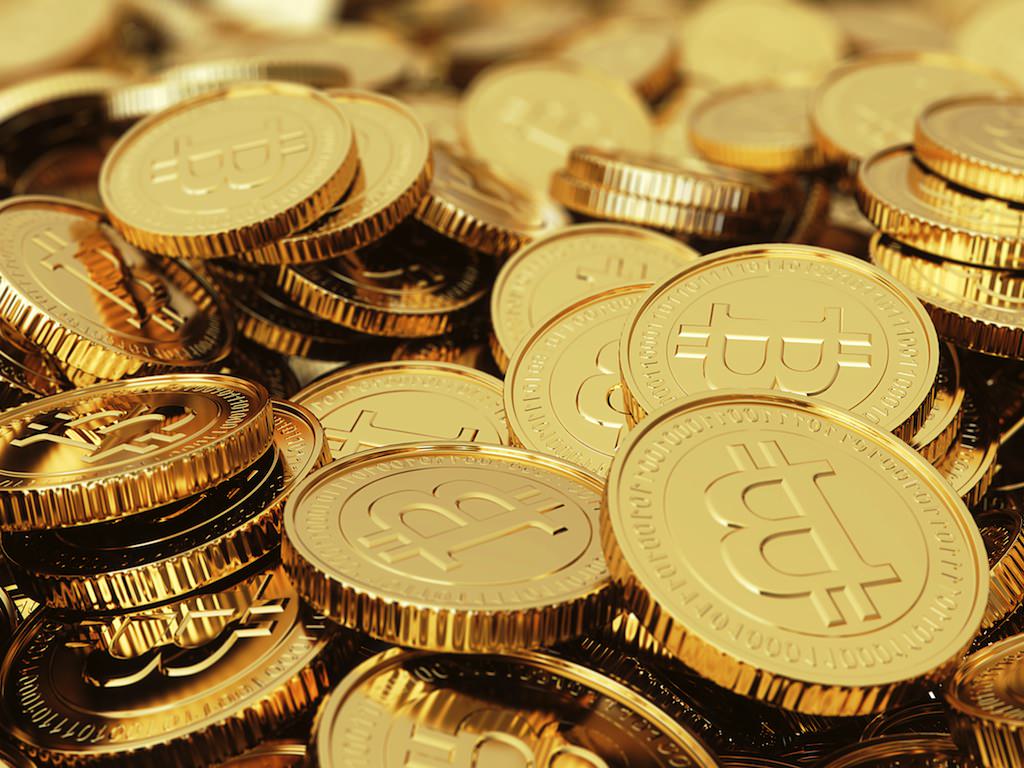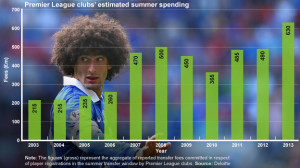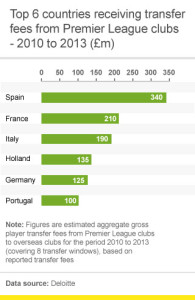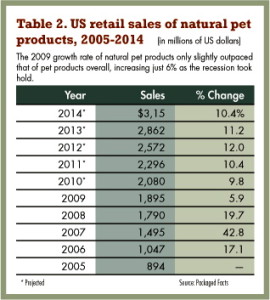
The advent of the internet allowed, for the first time, a more participatory, two-way form of communication. In the past, corporations and media companies broadcasted messages for the public to digest without offering a truly significant out for feedback save for letters to the editor. The internet however, created a collaborative platform in which not one single entity controlled the message. Users from around the world for the first time could engage in discussion and share ideas.
It is unsurprising, then, that the disruption of the model of communication would be echoed in the disruption of the traditional ways an entrepreneur would seek funding. While in the past entrepreneurs and hopeful business owners would have to rely on investors, loans or their own money, the emergence of the internet has allowed for a fairly new form of funding: crowdfunding.
According to Investopedia, crowdfunding is defined as “the use of small amounts to capital from a large number of individuals in finance a new business venture.” Social media platforms such as Twitter, Facebook, and LinkedIn and crowdfunding work in perfect tandem to attract as many investors as possible for the business venture.
There are two main models of crowdfunding: donation-based and investment crowdfunding. As the name suggests, with donation-based crowdfunding, funders willingly donate money towards some collaborative goal. More often than not, these funders will receive some sort of reward based on how much money they donate. For example, in the case of funding a new album for a band, a funder may receive a CD for donating $10, or a private concert for donating $10,000.
Investment crowdfunding is different in the sense that funders will gain a portion of the business in form of stocks, equity or debt in return for their investment. In this model, funders have the opportunity to make money off their investment as opposed to the donation-based model, where funders will only receive a product or service (similar to pre-ordering an item.)
Research conducted by Massolution, an association dedicated to researching crowdsourcing and crowdfunding, showed that “crowdfunding platforms raised $2.7 billion and successfully funded more than 1 million campaigns in 2012.” Forecasts see these numbers increasing dramatically over the next few years as the successes of crowd-sourced projects continue to catch the public’s and potential business owners’ interests.
Crowdfunding offers many advantages over traditional forms of investment. First of all, it greatly benefits small businesses which lack the cash or resources in order to grow. When seeking funding for a project, the business sets a time limit (varying from a few weeks to a few months) and a target goal. Furthermore, details of the product are made available to the public, and the business’ financial records are made more transparent. Funders are also able to see the progress a business is making towards achieving that goal. Funders can be as involved as they like in the process by tracking progress, asking questions and offering suggestions. This creates a closer bond between the funder and the project owner, which creates a greater sense of loyalty and a better chance of retaining the funder as a potential customer.
There are various different crowdsourcing platforms available, but the most popular and most successful websites are Kickstarter, Indiegogo, and Crowdfunder. There are also more industry-specific crowdfunding websites such as Pledgemusic, which allows fans to contribute money towards their favourite artist to help them fund their next album or music endeavours.

Kickstarter, the biggest crowdfunding platform, was founded in 2009. In 2013 alone, 3 million people pledged $480 million to Kickstarter projects. 19,911 projects were successfully funded, resulting in the development of those products or services that were offered.
There are many projects which have become famous and popular in their own right after being funded on Kickstarter. Pebble – a customizable smartwatch which can connect to one’s iPhone or Android phone – is one of the most successful projects successfully funded by Kickstarter. The project attracted 68,929 backers and raised $10,266,845 out of the $100,000 goal it set. While the project is no longer open on Kickstarter, its enormous success allowed it to grow as a business and offer new and updated models from their website.

What made Kickstarter such an effective and popular platform was its unique business model. Kickstarter adopted an “all or nothing” approach. A project must achieve 100% of its funding goal in order to receive the funds. If a project is unable to reach the goal, the funds are returned to the backers. For every successful project, Kickstarter receives 5% commission. This means that with just the Pebble project alone, Kickstarter received $513,342.25 by simply hosting the project on their website. If the product is distributed on Amazon, Amazon will also take a commission of 2%.
However, Kickstarter – and crowdfunding – has its downsides as well. One of the general misconceptions of crowdfunding is that it is an easier way of obtaining funds. However, backers need to have faith in the product or service that is being offered – their ‘donation’ is essentially a vote of confidence. This means that one can’t just have an idea and post it on Kickstarter – they need to have already invested some of their own money in creating a prototype, videos and pictures to show the public. There is a risk on the backer’s side too: by pledging an amount of money, the backer is risking receiving a delayed, faulty, and/or low quality product that may not reach their expectations.
A committed community is also essential in order to reach the required number of backers. Due to Kickstarter’s “all or nothing” business model, it is imperative that a project receives at least 100% of their goal – else their efforts will have gone to waste. Kickstarter is also purely online. It is difficult to translate the efforts to raise money offline, and offline donations do not count towards the Kickstarter goal.
Overall, crowdfunding opens up many opportunities to small businesses that may not have otherwise been able to raise fund, and generates interest in creative and unique ideas. Crowdfunding, when done correctly, can clearly encourage entrepreneurship and innovation. With any investment, however, there is a risk in something not living up to one’s expectations. One also needs to keep in mind that the more investors, the more people one needs to please.
Additional sources:
http://www.investopedia.com/terms/c/crowdfunding.asp
http://www.forbes.com/sites/chancebarnett/2013/05/08/top-10-crowdfunding-sites-for-fundraising/
http://www.forbes.com/sites/geristengel/2014/05/07/crowdfunding-is-more-than-just-the-money-it-helps-you-raise/
https://www.kickstarter.com/year/2013/?ref=footer#6-pebble
http://www.forbes.com/sites/suwcharmananderson/2012/11/30/kickstarter-dream-maker-or-promise-breaker/





